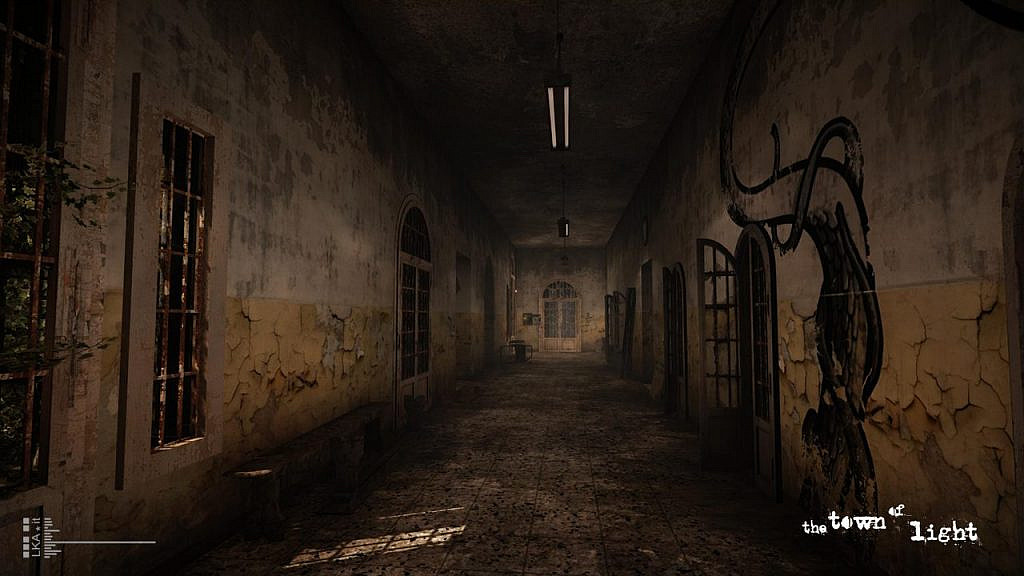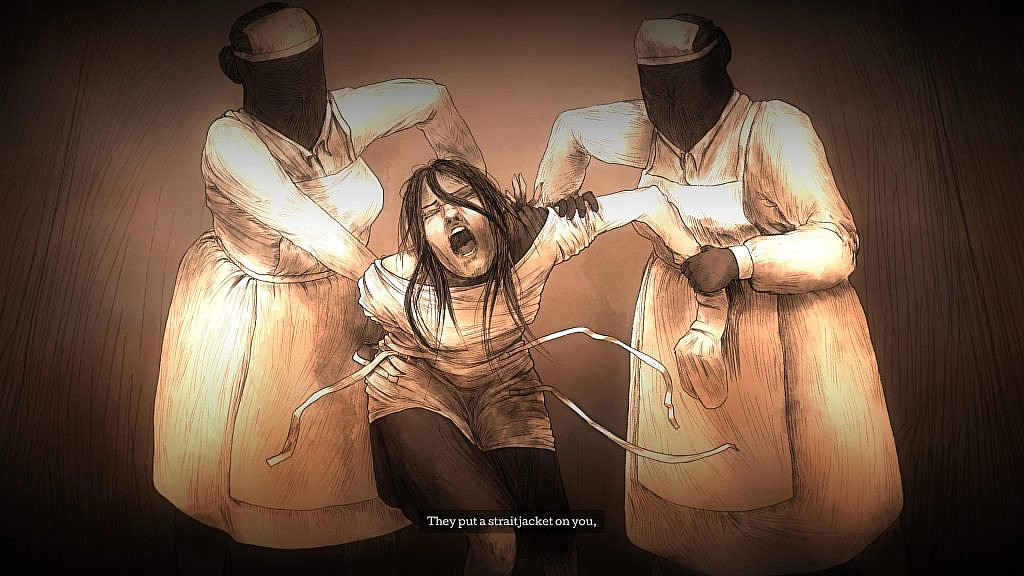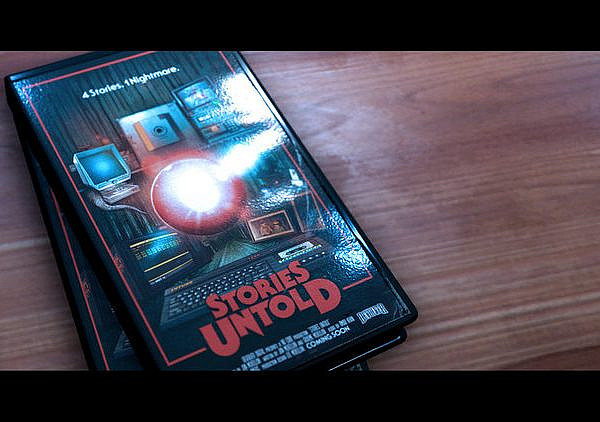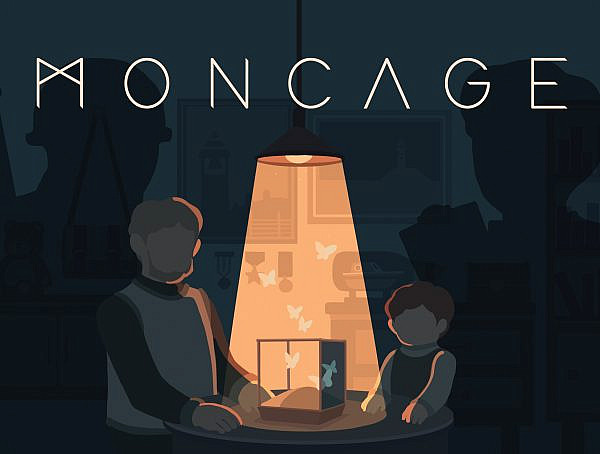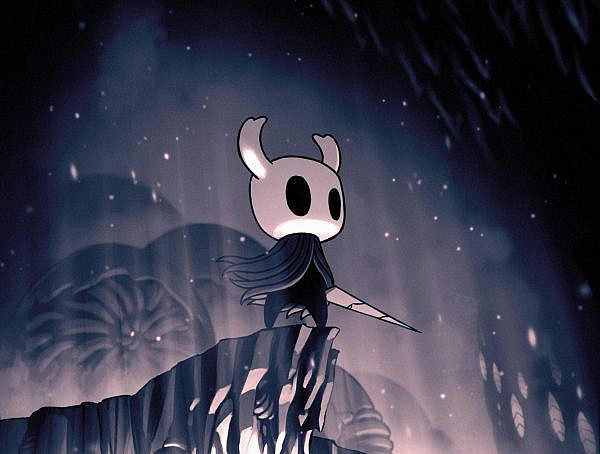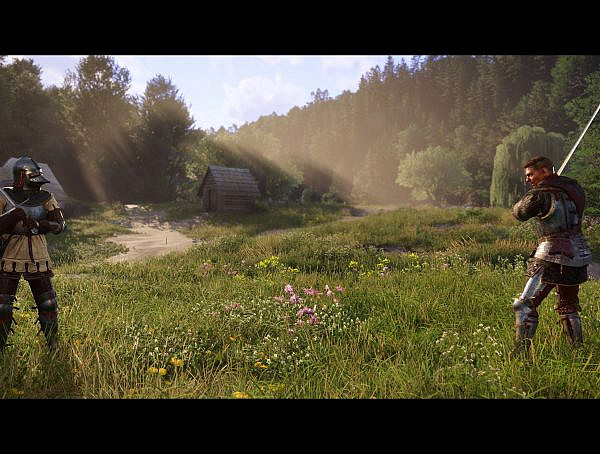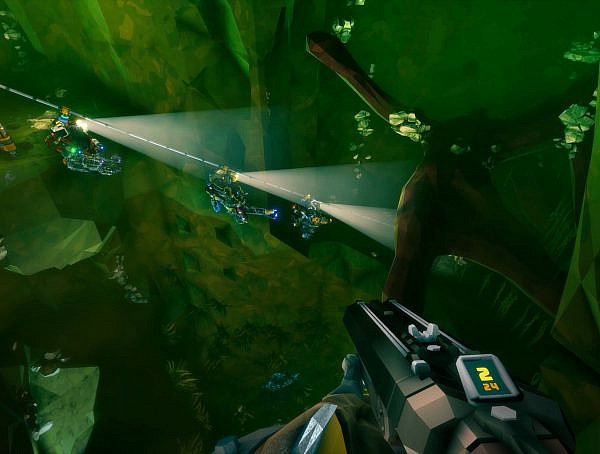Content warning: treatment of mental health patients, sexual assault
The Town of Light, a walking simulator developed by LKA, tells the story of Renée, a 16-year-old girl admitted into a mental hospital in Italy at the turn of the 1930s and ’40s. The actual gameplay happens decades after when Renée returns to the now derelict hospital in search of the truth of her past. She is an unreliable narrator, often unsure what had truly happened and what is simply a figment of her imagination. She also speaks about herself in a third person at times and personifies inanimate objects. The story unfolds through hand-drawn-looking story beats that are unlocked by the player wandering the premises and searching for tidbits of information from patient files to diary entries and following the voice of Renée guiding the player in the right direction. For someone still very clearly mentally unstable, she is surprisingly lucid enough to point the player directly where they need to go, effectively removing all challenge from the game.
I think there is some confusion about what the game wants to be. It is admirable to try to create a horror game that relies on psychological horror instead of jumpscares. Still, The Town of Light falls back on many horror tropes from abandoned asylums to distorted reality and creepy dolls. While clearly trying to be a horror game, it also tries to be a game about the history of the treatment of mental illnesses and the monstrous things mentally ill people were subjected to. The Town of Light didn’t make my stomach sink with horror, and it didn’t make me attached to Renée either, which made it difficult to empathize with her plight. Her story is horrible, and although, according to the game, based on true accounts, it’s too generic to raise my interest. We’ve all heard the heartbreaking mental asylum story before; cruel treatment, molestation, torture, and lobotomies done to unwilling patients.
The Town of light also suffered from poorly thought-out story progression. Shortly after a flashback of a hospital employee raping Renée, the player might (depending on previous choices made) enter into another flashback, this time apparently a “consensual” sexual encounter with Renée’s only friend in the asylum, a woman named Amara. Placing these two scenes so close to each other on the timeline makes it clear to me that Amara is taking advantage of Renée’s hypersexuality, which is a common reaction to sexual trauma. Not to mention that Amara is an adult and active participant, whereas Renée is only sixteen and passive object of Amaras advances. This was the only genuinely chilling scene in the game for me because the narrator, Renée, doesn’t recognize Amara’s acts as predatory. I am, however, not convinced that this was intentional narrative design since the game otherwise lacks similar subtle horror. It seems like it was intended as a truly romantic scene.
The game had an ambitious goal, but the poorly timed story beats and banal narrative of mental illness leave the player struggling to pay attention for the short three to four hours it takes to play The Town of Light through.
Developer: LKA
Publisher: Wired Productions
Platform: Windows, PlayStation 4, Xbox One, Nintendo Switch
Release: PC February 26, 2016, PS4, Xbox One June 6, 2017, Nintendo Switch February 7, 2020
Genre: Adventure, Horror
Mode: Single-player
PEGI: 18
photos: header and first photo from The Town of Light Press kit, last photo screenshot from the game, taken by the author
You might also like
More from Game Reviews
Kingdom Come: Deliverance II – A Sequel Worthy of a Knight
KCD II delivers a living, breathing medieval roleplaying game to its players. #RPG, #kingdomcome, #openworld
Mining, Mayhem, and Bugs: A Deep Rock Galactic Review
Fight monsters, mine riches, and cause chaos with your dwarf crew — welcome to Deep Rock Galactic!
Microsoft Solitaire: classic games to kill time
Perhaps the most played games in offices worldwide, Microsoft Simulator is a pinacle of design from the era where games …







